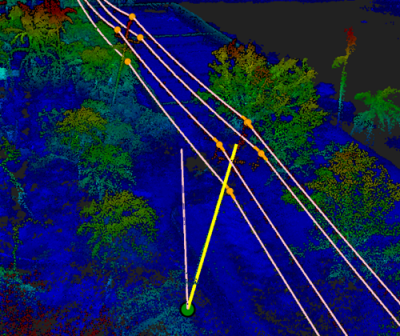Remember how I reported that Construction Systems Associates had developed an Android app for cataloguing and displaying point clouds? The bummer was that there’s no 3D display to really optimize the use of those pointclouds.
Except, apparently, that there is. Or there will be soon, anyway.
Just came across this press release from a company called Movidius, a semiconductor company based in Hong Kong and Dublin who have developed technology for 3D display, even 3D stereo capture, with a mobile device. Right now, they’re demonstrating on the Android platform (isn’t that convenient?).
Per the press release:
Myriad 3D is the first platform in the world to be optimized out-of-the-box to enable a 3D experience in high definition (HD) on mobile devices, allowing handset designers for example to easily produce a whole new generation of 3D-enabled smartphones.
That seems like it could be kind of useful, no? And don’t worry: No glasses required.
3D glasses, absolutely necessary for both TV and cinema 3D experiences, can be expensive and cumbersome and can be seen as a barrier to adoption of 3D. Mobile devices such as smartphones however are typically held at a standard distance from the face; the perfect situation for using auto-stereoscopic screens and means the user can easily adjust the screen orientation to get into the 3D “sweet spot”.
I know I now want one. Badly. At the moment, the target market is consumer, as you can see from the following YouTube video where the CEO, Sean Mitchell, talks about the importance of social media to the growth of mobile video. But I can’t see a good reason why the technology couldn’t have impressive commercial applications.
For all the details, you can check out the Movidius “about us” page.
UPDATE 2/2/11: Looks like LG is ready to bring out the first device using this technology. All the features sound the same as those described above.





